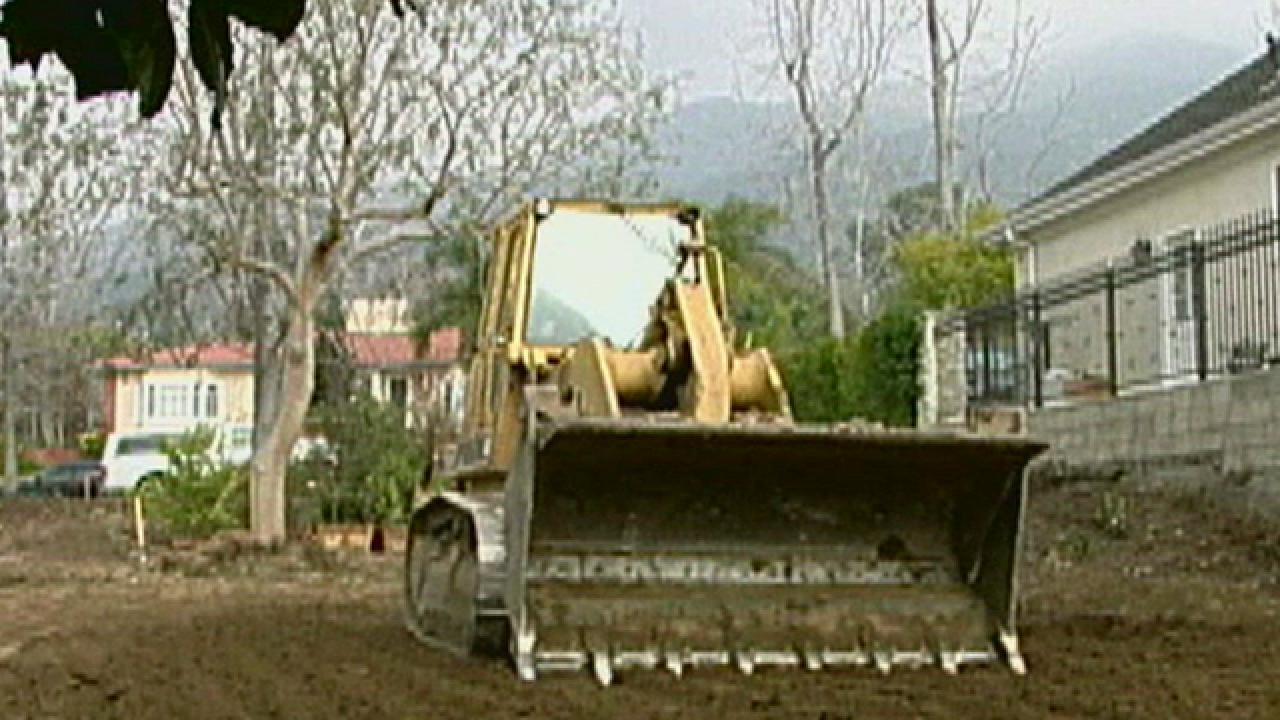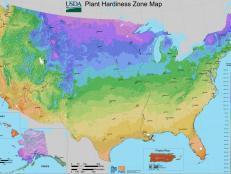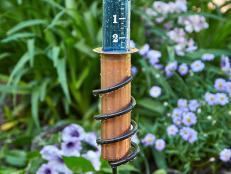Establishing a Grading Plan
While most builders focus on best practices to prevent water from flowing into the home through the roof, windows and other openings, managing water flow on the entire lot is just as important. When it comes to delivering a high quality home to their customers, builders need to make the grade.

Grade, in this case, refers to the landscaping of the house site and soil elevations. When establishing the final grade of the home, it's important to make sure that water will move down and away from the foundation and exit the lot to an approved storm drain system.
If the lot isn't graded properly, water from storms and irrigation can run back toward the home and cause moisture issues at the foundation wall, or saturate the soil next to the foundation causing hydrostatic pressure against the wall. Hydrostatic pressure is basically the weight of the water bearing down on the foundation wall. This can result in foundation cracks, structural damage and even soil erosion.
In other cases an improperly graded lot can mean big trouble for the neighbors. Improperly diverted rain and snowmelt runoff can cause erosion and flooding for adjoining lots, leaving the homeowner and the builder liable for damages.
The best practice when working on the finished grade is to follow a grading plan prepared by a civil engineer. Specific techniques that may be included in the grading plan are creating swales to divert ground water, grading slopes that move water away from the foundation, as well as an accurate plan for how much soil will need to be removed from the site, or how much fill added.
A typical grading plan will show the slope of the lot in 5-foot increments, and can provide the site supervisor with the specific information needed for inspecting and managing the grading trade contractor. By closely following the grading plan, the builder can reduce the risk of call backs and can better control costs associated with hauling or removing fill from the site.
Here are a few other things to think about when getting ready to inspect the final grade:
- One of the most important things for a builder to keep in mind is to try and do most of the grading during the dry season. This will help prevent erosion of the soil during construction and will make it less likely that the builder will have to re-grade later.
- If too much of the foundation is showing above grade, or if the final grade is too close to the wall cladding, future moisture issues can occur and can also create a path for termites to enter the home. Proper backfill near the foundation is critical.
- All of the soil that is excavated from the site can be reused to help establish final grade. Be sure to cover extra stockpiles of soil or spray the piles with hydraulic mulch to help prevent erosion and excessive runoff.
- Close inspection and adherence to the grading plan will save time and money. The site supervisor must carefully inspect the work of the grading crew; the certificate of occupancy depends upon it!
By closely following the grading plan, builders can help reduce a litany of problems for the homeowner, and safeguard the new home from preventable water issues. Making the grade, in this case, is a no-brainer.












































